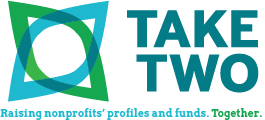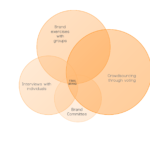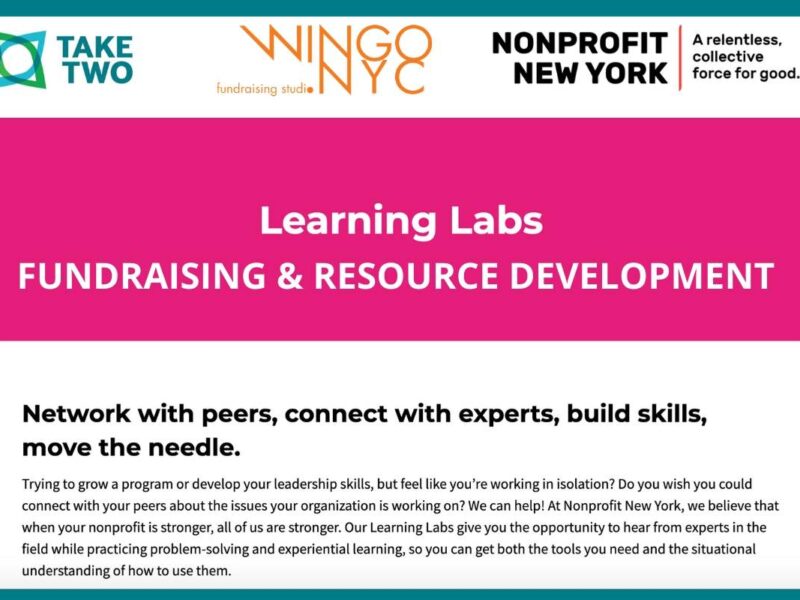
Using All Your Assets
Part of what makes a skilled leader is his or her ability and instinct to use all “assets” available to him or her. Using our assets is something we do in our personal lives – we use our cash; we leverage the value of our homes; we use our educations to build careers; we tap into our friendships and family for things like reliable child care, emotional support, and fun; and we tap into our extended networks for recommendations on products, vacation advice and job opportunities.
As Executive Directors or Directors of Development, we should be able to use the same skill for the benefit of the organizations we lead. Often times, nonprofit leaders have a wealth of resources available to them. Yet, through our TakeTwo experience, we frequently see them overlook entire networks and potential pools of donors and supporters.
Some of the most overlooked assets we come across include:
- Current and former staff members: these people are committed to the work and extremely knowledgeable about the mission and programming. Yet, they are often not consulted on the strategic direction of the organization; how to improve services; how to better engage volunteers; and how to attract new supporters. And many times, when new Executive Directors or Directors of Development transition into their new roles, they overlook talking to and engaging with former staff members for information, access to volunteers or donors, or other critical knowledge.
- Volunteers: We’ve said this before, but its worth repeating. Volunteers are a fantastic (and free!) asset. No nonprofit should overlook the potential of volunteers to fundraise and connect the organization to new supporters and opportunities. They are very good friends with a wealth of support at their fingertips.
- Donors: Of course, everyone considers donors an asset. But leadership staff often forget that donors have more to give than just dollars. They give to organizations because they feel strongly about the mission and work being done. They believe in you and want to help you succeed. They also want to be a part of the work and your successes. So when you have a new program initiative, a new strategic plan to develop, a new campaign to launch, go to your donors for advice, for feedback, for buy-in, and for help in getting your efforts visibility and support.
- Vendors: Accountant firms, donor software companies, consultant firms, printing companies, mailing houses, etc. – all the companies out there that help non profits do what they do – don’t forget about them! They value their relationships with their customers, and they should not be counted out for information on how to improve your operations, services, events, and outreach to supporters. Tapping them for critical knowledge can only strengthen your reciprocal relationship.
Are we missing any here? Can you think of any more commonly untapped or under-utilized assets for Executive Directors and Directors of Development? Share! We’d love to hear your thoughts and maybe learn a thing or two ourselves…(we like that!)





